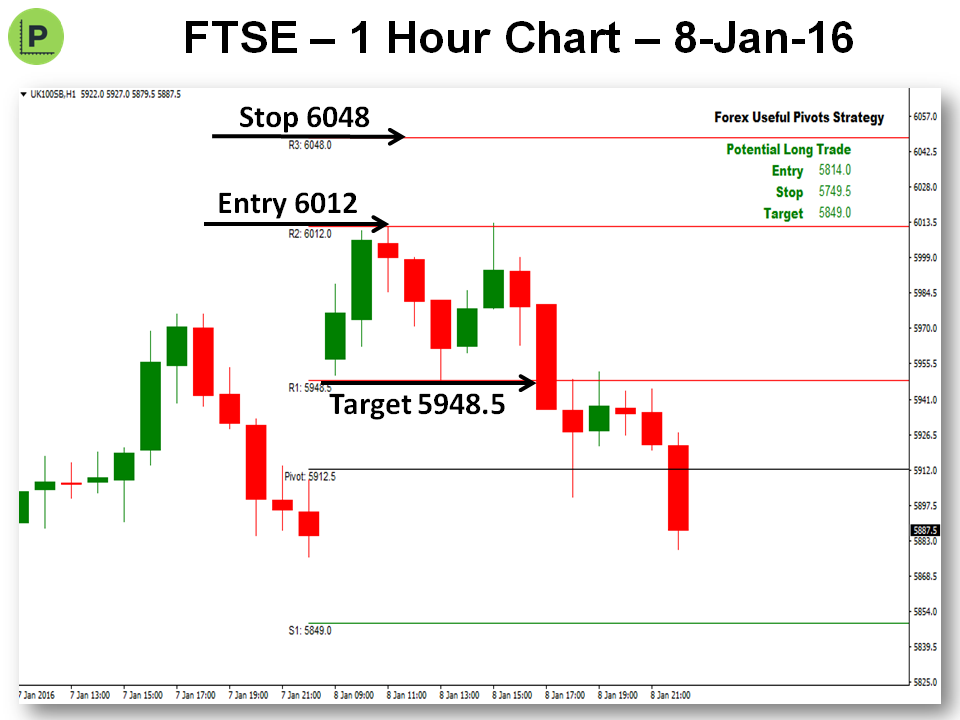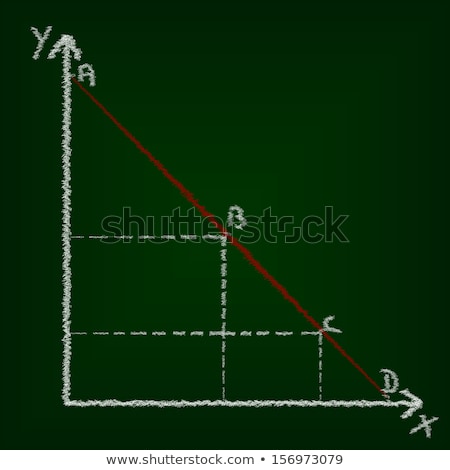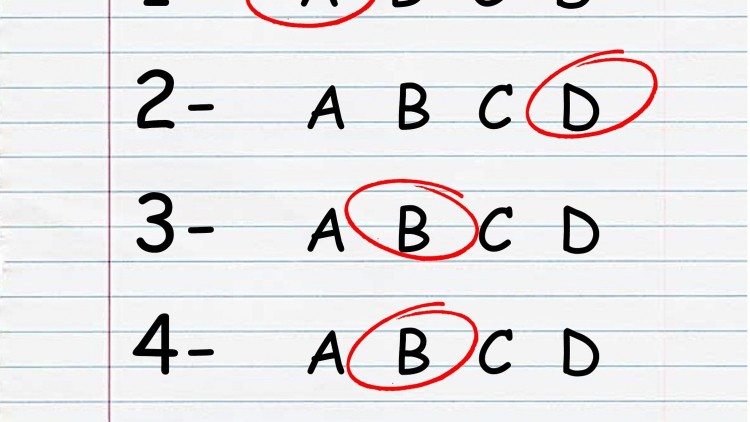

It acts as crucial document banks require to get a business loan approved. It can tell investors if the company is capable enough to pay dividends. We need to decide on the balance sheet’s headers, where the balance sheet’s title is written on top, followed by the company name underneath and the date. The steps to fund your business debt-free in as little as three weeks. Learn how you can use your 401 as an SBA loan down payment — all without penalty fees.

If you think of your financial statements as the story of your business, then the balance sheet serves as the CliffsNotes version of that story. Every transaction in your business impacts the balance sheet in some way. Next, if you’re tracking fixed assets, you’ll want to include the total of your fixed assets. Add your current and fixed asset totals to arrive at your assets total.
Shareholders’ Equity
New https://1investing.in/ owners should not wait until the end of 12 months or the end of an operating cycle to complete a balance sheet. Savvy business owners see a balance sheet as an important decision-making tool. Find out whether short-term assets cover short-term liabilities. Calculate your quick ratio by dividing short-term assets by current liabilities. If your ratio is 1 or greater, your assets cover your liabilities. If your ratio is less than 1, you would not be able to pay current liabilities out of your cash flow and liquid assets.
The reporting date marks the end of the reporting period you choose. Because a balance sheet can take weeks to complete, set an initial cutoff date for the data you want to include. One can determine whether a company funds its operations from its profit or debt from the balance sheet. It is one of the essential tools used by investors, creditors, and shareholders to understand the business’s financial health. It helps analysts calculate various financial ratios to understand the company’s health.
For World Class Logistic Assets Buy Some Segro At A Discount … – Seeking Alpha
For World Class Logistic Assets Buy Some Segro At A Discount ….
Posted: Fri, 14 Apr 2023 13:52:23 GMT [source]
The frequency of running these reports depends on the size and scale of your business. Be consistent with your reporting periods so your balance sheets compare financial statements over time. Current Ratio – Your current ratio measures your company’s ability to pay short-term obligations due up to one year. This shows how your business can maximize its current assets to pay current liabilities. A good current ratio is between 1.2 to 2, which means your business has two times more current assets than liabilities.
Score.org Balance Sheet
Investopedia defines an asset as “Anything of value that can be converted into cash.” In other words, an asset provides economic value to businesses and organizations. A balance sheet is a snapshot report that details how much worth or value a business has in assets, liabilities, and shareholder equity. A bank statement is often used by parties outside of a company to gauge the company’s health. Shareholder equity is the money attributable to the owners of a business or its shareholders. It is also known as net assets since it is equivalent to the total assets of a company minus its liabilities or the debt it owes to non-shareholders. Accounts within this segment are listed from top to bottom in order of their liquidity.
UAC of Nigeria : UACN FY 2022 Results Conference Call Transcript – Marketscreener.com
UAC of Nigeria : UACN FY 2022 Results Conference Call Transcript.
Posted: Thu, 13 Apr 2023 07:00:00 GMT [source]
In the next column, add up your liabilities, including the total amount of debt . If you have equity in things like stock, that would go in a third column, but most small businesses operate simply with assets and liability. In this way, the income statement and balance sheet are closely related. Balance sheets will show a more thorough overview of the security and investment health of a business, however they are both indispensable financial statements. Your balance sheet will be separated into two main sections, cash and cash equivalent assets on the one side, and liabilities and equity on the other. Documenting the financial details of your business will give you a thorough understanding of available cash flows so that you can make informed decisions about the viable future of your business.
For external auditors, a bench accounting can help them confirm that the company is complying with reporting laws. Working with both the balance sheet and income statement can reveal how efficiently a company is using its current assets. The asset turnover ratio is one way to gauge efficiency by dividing a company’s revenue by its fixed assets to find out how the company is converting its assets into income.
Have a header for the balance sheet.
Debt-to-Equity Ratio – Your debt-to-equity ratio evaluates your business’s financial leverage. In other words, it can tell you if your business is carrying too much debt. Higher debt ratios can indicate a higher risk of bankruptcy and closure. Depending on your type of business, a good debt-to-equity ratio is generally around 2 or 2.5. Assets-to-Equity Ratio – Your assets-to-equity ratio shows your proportion of assets funded by shareholders. While there’s not really an “ideal” ratio, it’s another great metric to use when comparing with competitors.

Total assets is calculated as the sum of all short-term, long-term, and other assets. Total liabilities is calculated as the sum of all short-term, long-term and other liabilities. Total equity is calculated as the sum of net income, retained earnings, owner contributions, and share of stock issued. Retained earnings include earnings that are reinvested in the business.
Accessing balance sheet and income statement software is a surefire way to save you time, stress, and money — as you make the right decisions towards letting your business be the best that it can be. Data from your balance sheet can also be combined with data from other financial statements for an even more in-depth understanding of your practice finances. Additional resources for managing your practice finances will appear in future issues of the PracticeUpdate E-Newsletter and on APApractice.org. With balance sheet data, you can evaluate factors such as your ability to meet financial obligations and how effectively you use credit to finance your operations . Remember —the left side of your balance sheet must equal the right side (liabilities + owners’ equity).
- Balance sheets are usually prepared at the close of an accounting period such as month-end, quarter-end, or year-end.
- Accounts payable is debt obligations on invoices processed as part of the operation of a business that are often due within 30 days of receipt.
- As previously mentioned, most banks prefer a ratio of no more than 3 to 1.
Debt Ratio – Your debt ratio measures your total liabilities to your total assets. Generally, investors look for a debt ratio between 0.3 and 0.6. Debt ratios of 0.4 or lower are considered better from a pure risk perspective. The current ratio is a liquidity ratio that measures a company’s ability to cover its short-term obligations with its current assets.
Sample Balance Sheet
Net income is added to the retained earnings accounts listed under the equity section of the balance sheet. Building a balance sheet is an important practice that must be conducted on either a quarterly or monthly basis. This financial statement provides insight into your company’s financial health by detailing your assets, liabilities, and shareholders’ equity. Financial statements tell you and others the state of your business. The three most commonly prepared financial statements for a small business are a balance sheet, an income statement, and a cash flow statement.
If you opt out, though, you may still receive generic advertising. In addition, financial advisors/Client Managers may continue to use information collected online to provide product and service information in accordance with account agreements. A high current ratio may mean that cash is not being utilized in an optimal way. Accounts payable is the amount you may owe any suppliers or other creditors for services or goods that you have received but not yet paid for. C corporations must file a balance sheet with their corporate tax return.
Net worth is what is left over after liabilities have been subtracted from the assets of the business. In a sole proprietorship, it is also known as owner’s equity. This equity is the investment by the owner plus any profits or minus any losses that have accumulated in the business. To ensure smooth cash flow in your small business, you must prepare a perfect balance sheet that tells you what you own versus what you owe.

Although a balance sheet can coincide with any date, it is usually prepared at the end of a reporting period, such as a month, quarter or year. Efficiency – By using the income statement in connection with the balance sheet, it’s possible to assess how efficiently a company uses its assets. For example, dividing revenue by the average total assets produces the Asset Turnover Ratio to indicate how efficiently the company turns assets into revenue. Additionally, the working capital cycle shows how well a company manages its cash in the short term.
The 2023 Bank Debacle and Healthcare Risk Management – Kaufman Hall
The 2023 Bank Debacle and Healthcare Risk Management.
Posted: Sat, 25 Mar 2023 07:00:00 GMT [source]
You’ll add the equity number to the total liabilities number. Long-term liabilities are obligations that will not be paid off in the coming year. Examples of long-term liabilities include loans and notes payable, though some notes payable may be considered a current liability if they are due and payable within a year.